What attention to detail at the cleanout really means
Ireland coach Joe Schmidt is famous for his attention to detail. Then he excels at the relating the detail to the big picture.
Maybe it is because of his previous career as Assistant Principal of a large, 1,400 pupil school in New Zealand – Tauranga Boys School – but Schmidt insists on the right relationship between on and off-field behaviour. In this respect he is just like Sir Graham Henry, the former head of Kelstons Boys High School and perhaps the greatest of all New Zealand coaches.
Schmidt likes to quote the Greek philosopher Aristotle: “We are what we repeatedly do. Excellence is not an act, but a habit.” Not just as words, but as a litmus test of the behaviour of his rugby players.
When a player dropped his room keys in the corridor of a hotel in which the Ireland team was staying and left them there, it was a topic highlighted by Schmidt at the next team meeting:
“That sort of stuff won’t be tolerated. If we are sloppy off the pitch, we will be sloppy on it.”
Schmidt looked at the incident as a micro-example of disrespect – disrespect to the jersey the player represented, and disrespect to the hotel staff who had to clean up after him.
The All Blacks call this attitude “sweeping the sheds” – the will to finish what you’ve started, to take responsibility for every action and leave nothing to chance. Perhaps this is what marks Joe Schmidt out as the natural successor to Graham Henry and Steve Hansen, when Hansen eventually leaves the top job in New Zealand rugby.
As his outside-half with Ireland and current World Player of the Year Johnny Sexton commented:
“Joe is our point of reference for all things to do with attack and there are no grey areas. If there’s the tiniest detail out of place on an attacking move, he’ll pull us up on it: ‘Why are you here when you’re supposed to be there? You should know that. Do it again until we have it spot on.’”
Nowhere is this attention to detail more evident than in the work of Schmidt’s Ireland team at the attacking breakdown. In the November series of four matches, Ireland built more rucks than anyone else (575), with the highest rate of ball retention (98.6%). If you cannot get the ball off a team, it becomes a very hard task to beat them.
At the core of Ireland’s breakdown stats is a mix of excellent judgement and individual technique. They very rarely waste players at a ruck where they are not needed, and they find ways to remove threats even the odds do not appear to be in their favour.
Their success can be measured by the number of ‘wins’ in one-versus-one cleanout attempts, and in backs-versus-forwards contests. Let’s look at some examples of Irish breakdown work from the titanic contest against the All Blacks in Dublin.
After the Ireland number Josh van der Flier (in the red hat) breaks the first tackle, he becomes temporarily isolated from his support. His first support (full-back Rob Kearney) loses his footing on the right of the tackle and the ball is exposed to the poach by the All Blacks open-side flanker Ardie Savea.
It is the task of Ireland number 8 C.J. Stander to remove Savea one-on-one. Stander is not approaching from the optimal angle but his technique is very accurate.
The ball on the floor can only be stolen is the defender gets his hands on it, so the primary target for a successful cleanout is the arms. Stander anchors his grip underneath Savea’s shoulders and performs an ‘arm scissors’, pulling the defender’s arms in together and jack-knifing him off the ball with force:

Ireland win quick ball and the play carries on.
There is nothing accidental about Ireland’s technique. At another example later in the same half, the home side were in danger of losing control of the ball at an advancing scrum:
On this occasion roles are reversed, with Stander carrying the ball and van der Flier as the main support player. New Zealand number 12 Ryan Crotty has a shot at the turnover, but van der Flier scissors the arms and pulls him sharply off the ball to the right:

The final example illustrates how a couple of backs can use superior technique to clean out an individually stronger opponent:
When Bundee Aki is brought to earth, All Black second row Brodie Retallick – a huge man and an excellent breakdown operator – is standing above him. As he locks on to the tackle ball, it is the job of two Ireland backs (number 13 Garry Ringrose and number 10 Johnny Sexton) to remove the threat to possession.
Again, the Ireland players target the arms – Ringrose the right, Sexton the left – while Sexton also uses his right arm to destabilize Retallick by taking his base away – his left or standing leg:

Neither Ringrose nor Sexton would be anywhere near strong enough to take Retallick off the ball with power, but the accuracy of their technique allows them to be effective.
Summary
Ireland’s Joe Schmidt already coaches with the same values as his All Black counterparts, Sir Graham Henry and Steve Hansen. He insists on high standards of behaviour both on and off the field, on the need to ‘sweep the sheds’ and take responsibility for every individual action. I believe this makes him a New Zealand head coach-in-waiting.
Nowhere is Schmidt’s insistence on individuals taking responsibility, and paying attention to the detail of their work, more evident than at the cleanout.
In order to maintain the Irish policy of ball control, players are expected to perform one-on-one cleanouts, and backs are expected to be able to remove forwards.
It is the excellence of their individual technique, not their overwhelming power, which allows them to do it successfully. They become what they do, through the quality of their repeated habits.
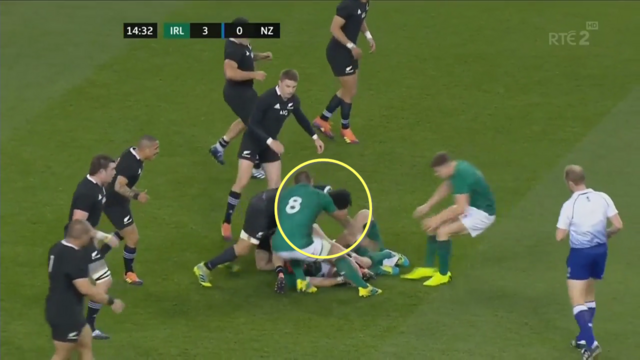

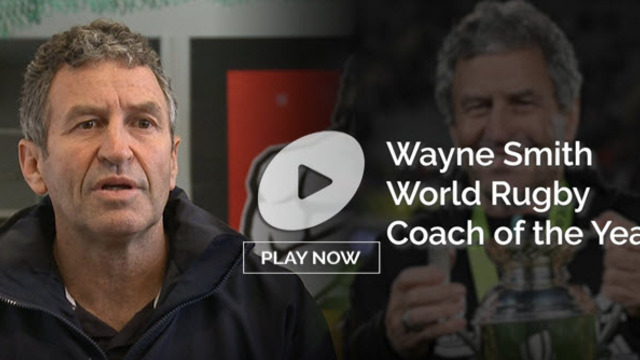

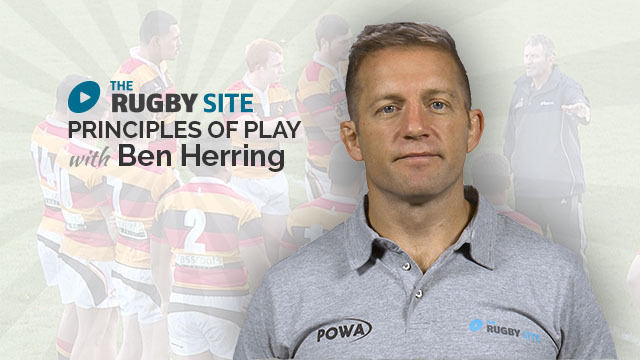

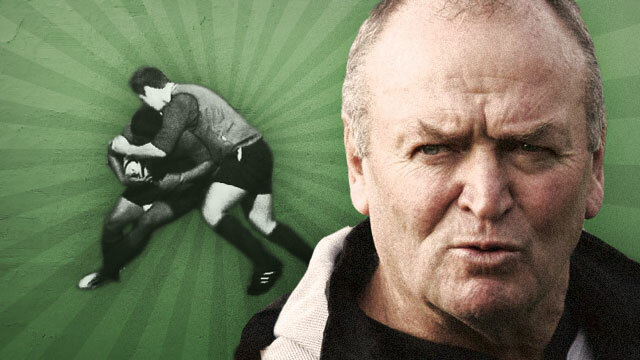
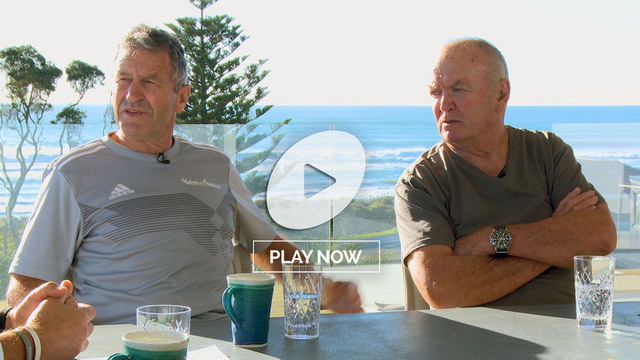
.jpg)
.jpg)
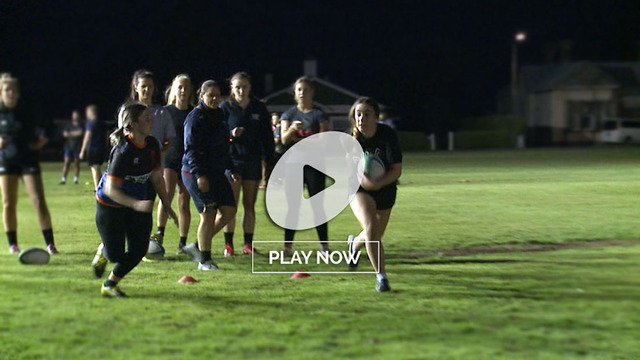
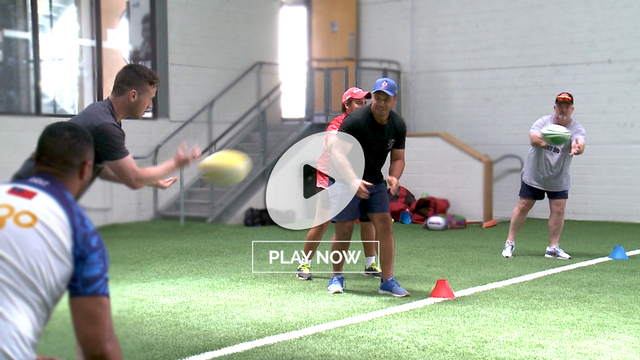
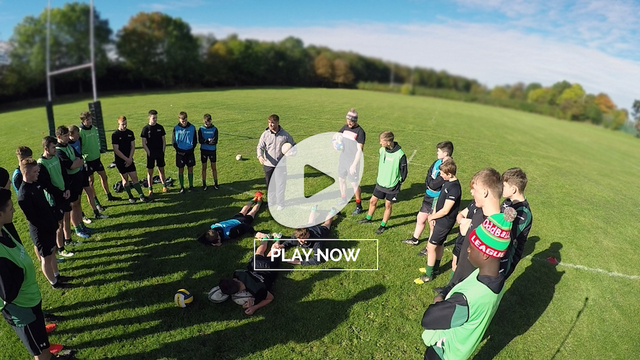
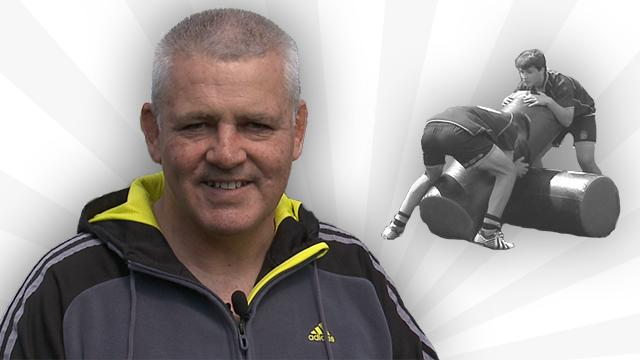
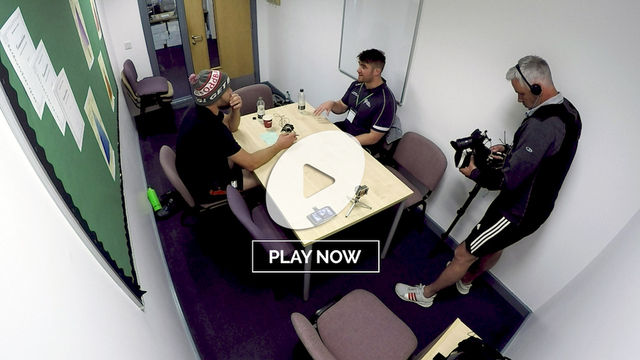

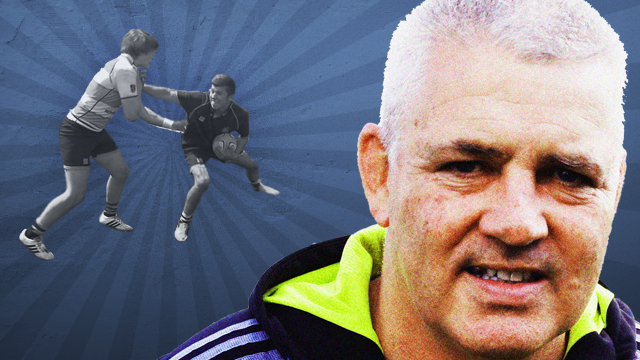
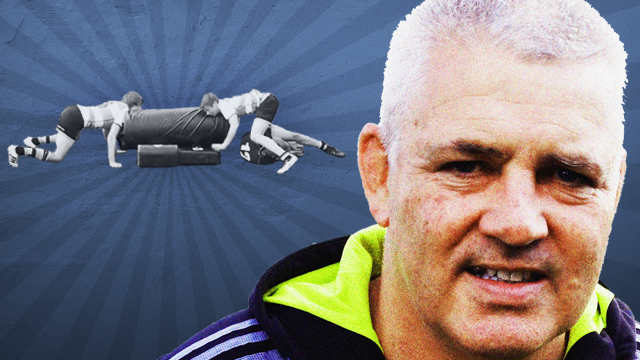
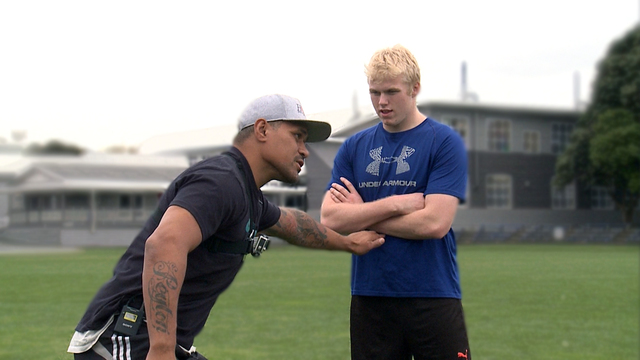
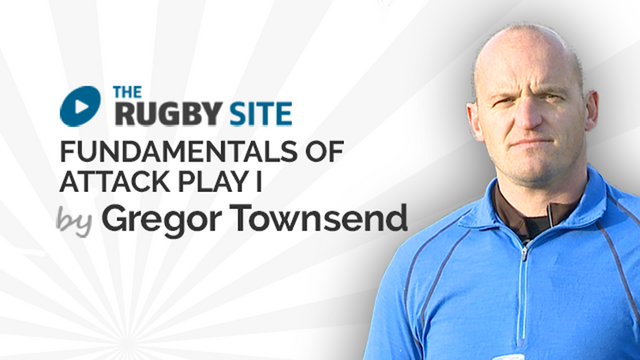
.jpg)

